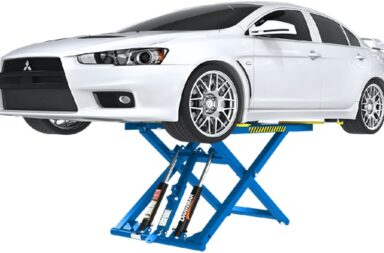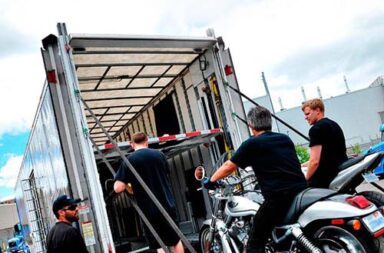The demand for delivery services has increased since the beginning of the pandemic, and so with this the demand for effective and bespoke Courier Insurance. With most people staying at home, many people have grown accustomed to the ease of home deliveries, whether it’s for food, products, or medicines.
Retailers are closing stores and switching to an online-only service to allow their businesses to survive the pandemic and help raise a profit.
To be more competitive, most courier companies have had to manage an increase in deliveries whilst still offering a faster delivery service – with some offering same-day delivery.
As online shopping continues to grow, even after the pandemic, you should be looking at preparing your delivery fleet for the continued growth of online shopping.
How has online buying behaviour changed since the pandemic?
According to the Office of National Statistics, there has been an increase in online shopping by 34.2% in January alone. This trend is set to continue with e-commerce sales expected to rise to 19.5% this year. This equates to an increase of 45.8% in eCommerce market share over the past two years.
With this increase, courier services are having to deal with an increase in demand and look at ways to innovate for better customer service.
What type of vehicle do you need to accommodate increased driving?
One way to prepare your fleet for the growth of online shopping is by carefully selecting the type of vehicle you use. You need to consider the vehicle size and fuel type.
Vehicle size
When it comes to vehicle size – you need to consider the size of the product you are transporting and how many deliveries you expect drivers to make in one trip. Looking at the load size and weight will help decide if you need a van or an HGV. There is no point in having a vehicle too large for what you need as it will cost more money to run and repair.
Vans are cheaper to buy, run and are easier to manoeuvre around urban areas. So, if the items you deliver fit in smaller vans, the more efficient and cost-effective it’ll be.
Fuel Type
Another consideration is fuel type, with the electrification of vans and cars, now may be the time to make the switch, especially as vans and HGV sales will be illegal from 2040. Most major couriers are taking charge of the changes and are already starting to become more sustainable by using electric vans.
Although there are not many electric vans available on the market, in a few years they will be much more competitive. However, if you aren’t quite ready to switch to electric vehicles, you need to decide whether your fleet should go for a hybrid, petrol, or diesel vehicle. As the UK is phasing out the sales of diesel vehicles, so petrol or hybrid may be the best option for now. You may even want to opt for a mix of electric, hybrid and petrol before you phase in electric vehicles.
How to plan for the change in seasons and changes in buying behaviour?
As a manager of a fleet, you will already know the peaks in different seasons. Like Christmas for example, November through to January is usually the busiest time for retailers. Not only because of Christmas, but also because of the most popular discount day of the year, Black Friday, and the huge sales from January.
Keeping track of buyer behaviour will help you plan for busy peak periods. You can even opt for a flexible fleet so you can lease more vehicles during peak periods but give them back once things settle.
Route planning for efficient delivery service
When times get busier, you should focus on efficiently planning your delivery routes and journeys. Customer satisfaction is important. And that includes parcels arriving on time. To effectively plan out your routes, use telematics or fleet management software.
Using a combination of telematics and fleet management software will help give you an insight into your data and allow you to generate reports that will help plan future routes.
This data will provide you with information on busier routes, how to avoid them, when to travel to those areas and where to start each route. Effectively planning routes will mean more deliveries will be made on time and gives a precise estimation of delivery time slots.
According to fleet insurance specialists, Bluedrop Services, another thing to consider is vehicle downtime. You need to maintain a healthy fleet to keep your drivers safe, reduce breakdowns and keep accidents to a minimum, which keeps courier insurance costs down. You should also keep replacement vehicles available for any downtime as and when you need to, ready to deal with unexpected or even planned instances.


